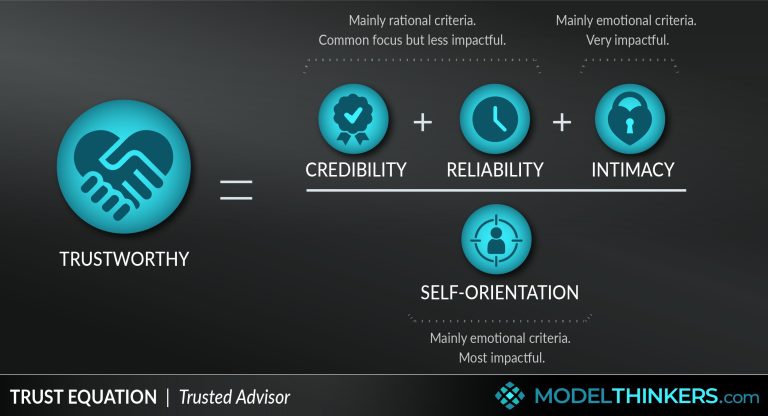The Emotional Architecture of Brand Experience
Brand experience is often discussed in terms of design, messaging, and customer journey, but beneath those visible layers lies something more powerful: emotional architecture. This is the invisible framework that shapes how people feel when they interact with a brand. It’s not built with logos or slogans—it’s built with intention, empathy, and consistency. When emotional architecture is strong, brand experience becomes more than functional—it becomes memorable, meaningful, and magnetic.
At the heart of emotional architecture is the understanding that people don’t just engage with brands—they form relationships with them. These relationships are shaped by emotion, not logic. A brand that makes someone feel understood, inspired, or cared for will always stand out from one that simply delivers a product. Emotional resonance is what turns a transaction into a connection, and a connection into loyalty.
Design plays a crucial role in this emotional framework. The colors, typography, layout, and imagery all contribute to the emotional tone of a brand. But it’s not just about aesthetics—it’s about coherence. When visual elements align with the brand’s personality and values, they create a sense of trust and familiarity. People may not consciously analyze these details, but they feel them. And that feeling becomes part of the brand’s emotional signature.
Tone of voice is another key component. The way a brand speaks—its rhythm, vocabulary, and attitude—shapes perception. A warm, conversational tone can make a brand feel approachable. A confident, refined tone can convey expertise. What matters is consistency. When the voice matches the brand’s identity and shows up reliably across channels, it reinforces emotional clarity. Customers begin to recognize the brand not just by what it says, but by how it says it.
Customer experience is where emotional architecture comes to life. Every touchpoint, from a website visit to a support call, is an opportunity to evoke emotion. When these moments are designed with empathy and care, they create emotional memory. People remember how they felt more than what they did. A seamless, thoughtful experience can leave someone feeling valued and respected. That feeling becomes part of the brand’s story.
Storytelling deepens emotional architecture by adding context and meaning. When a brand shares its journey, its values, or the impact it’s making, it invites people into a narrative. These stories don’t just inform—they connect. They give customers something to believe in, something to relate to. When storytelling is authentic and emotionally grounded, it becomes a powerful tool for engagement and differentiation.
Empathy is the cornerstone of emotional architecture. Brands that understand and respond to the emotional needs of their audience build deeper relationships. This requires listening—not just to feedback, but to the emotional signals beneath it. It means recognizing frustration, celebrating joy, and acknowledging vulnerability. Empathy turns a brand from a provider into a partner. It creates a sense of belonging that’s hard to replicate.
Rituals and rhythms also contribute to emotional architecture. Regular touchpoints, seasonal campaigns, and shared milestones create continuity. They give customers something to look forward to, something to participate in. These moments build emotional momentum, reinforcing the brand’s presence in people’s lives. When rituals are designed with intention, they become part of the brand’s emotional landscape.
Inclusivity strengthens emotional architecture by expanding its reach. When a brand designs for diverse needs and perspectives, it sends a message of respect and recognition. It shows that everyone is welcome, that everyone matters. This kind of emotional openness builds trust and fosters community. Inclusion isn’t just about access—it’s about affirmation. And affirmation is a powerful emotional force.
Transparency adds another layer. When a brand communicates openly—about its decisions, its challenges, and its values—it builds credibility. People feel more secure when they understand what’s happening and why. Transparency doesn’t mean oversharing—it means being honest and clear. That clarity reduces anxiety and increases trust, both of which are essential to emotional connection.
Leadership influences emotional architecture from the inside out. When leaders model emotional intelligence, they shape culture and behavior. They create environments where empathy, curiosity, and care are valued. This internal alignment strengthens the brand’s emotional foundation. It ensures that the external experience is supported by an authentic internal culture.
Feedback loops are essential for maintaining emotional architecture. Brands must continuously listen, learn, and adapt. Emotional needs evolve, and experiences must evolve with them. When feedback is welcomed and acted upon, it shows that the brand is emotionally attuned. It turns customers into collaborators and reinforces the sense that their voice matters.
Ultimately, emotional architecture is what makes a brand feel alive. It’s the energy that flows through every interaction, the feeling that lingers after the moment has passed. It’s not something you can fake or force—it has to be cultivated with care. But when it’s real, it transforms brand experience from something people use into something they cherish.
A brand built on emotional architecture doesn’t just compete—it connects. It becomes part of people’s stories, part of their identity. It earns attention not through noise, but through nuance. And in a world where emotional connection is increasingly rare, that kind of presence is not just powerful—it’s unforgettable.







